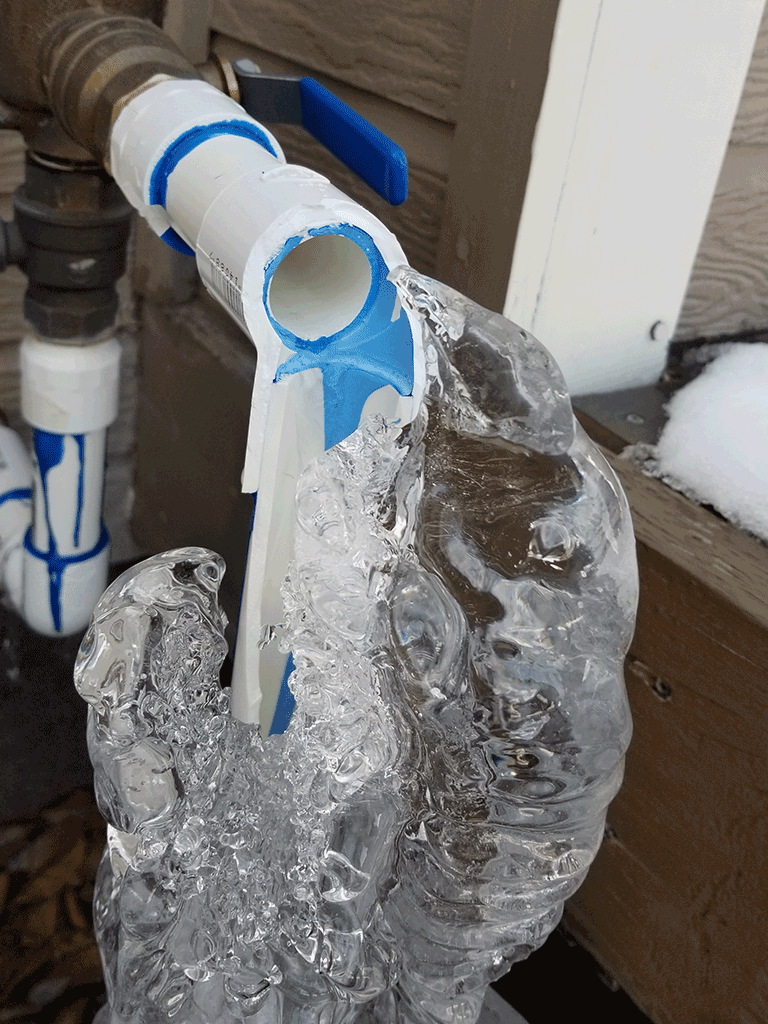Tips to Keep Your Pipes from Cold Weather Issues: Crucial Guidance
Tips to Keep Your Pipes from Cold Weather Issues: Crucial Guidance
Blog Article
We've discovered this article involving Winter Plumbing Precautions: Preventing Frozen Pipes down the page on the net and reckoned it made good sense to quickly share it with you on this page.

Cold weather can damage your pipes, particularly by freezing pipelines. Right here's how to stop it from taking place and what to do if it does.
Introduction
As temperatures decline, the threat of frozen pipelines rises, possibly resulting in expensive repair services and water damage. Recognizing just how to stop icy pipelines is vital for property owners in chilly environments.
Recognizing Icy Pipes
What triggers pipelines to ice up?
Pipelines ice up when revealed to temperature levels below 32 ° F (0 ° C) for prolonged durations. As water inside the pipes ices up, it expands, putting pressure on the pipe wall surfaces and potentially causing them to break.
Risks and damages
Icy pipes can cause water disruptions, property damages, and costly repairs. Burst pipes can flooding homes and trigger comprehensive structural damage.
Indications of Frozen Pipeline
Determining frozen pipelines early can prevent them from bursting.
Exactly how to determine frozen pipes
Look for decreased water flow from faucets, uncommon odors or noises from pipelines, and visible frost on subjected pipelines.
Avoidance Tips
Shielding vulnerable pipes
Wrap pipelines in insulation sleeves or utilize heat tape to shield them from freezing temperature levels. Focus on pipes in unheated or exterior locations of the home.
Home heating techniques
Keep interior spaces adequately warmed, specifically locations with plumbing. Open up cabinet doors to permit cozy air to circulate around pipes under sinks.
Shielding Exterior Plumbing
Garden pipes and exterior taps
Separate and drain pipes garden pipes before winter months. Install frost-proof faucets or cover outdoor faucets with shielded caps.
What to Do If Your Pipes Freeze
Immediate actions to take
If you believe frozen pipelines, keep faucets open up to soothe stress as the ice thaws. Make use of a hairdryer or towels soaked in warm water to thaw pipelines gradually.
Long-Term Solutions
Architectural changes
Think about rerouting pipelines far from outside wall surfaces or unheated locations. Include added insulation to attic rooms, basements, and crawl spaces.
Updating insulation
Buy high-grade insulation for pipelines, attic rooms, and walls. Appropriate insulation helps maintain consistent temperature levels and decreases the risk of icy pipes.
Conclusion
Stopping frozen pipes needs positive actions and quick feedbacks. By comprehending the causes, signs, and safety nets, house owners can safeguard their pipes during cold weather.
5 Ways to Prevent Frozen Pipes
Drain Outdoor Faucets and Disconnect Hoses
First, close the shut-off valve that controls the flow of water in the pipe to your outdoor faucet. Then, head outside to disconnect and drain your hose and open the outdoor faucet to allow the water to completely drain out of the line. Turn off the faucet when done. Finally, head back to the shut-off valve and drain the remaining water inside the pipe into a bucket or container. Additionally, if you have a home irrigation system, you should consider hiring an expert to clear the system of water each year.
Insulate Pipes
One of the best and most cost-effective methods for preventing frozen water pipes is to wrap your pipes with insulation. This is especially important for areas in your home that aren’t exposed to heat, such as an attic. We suggest using foam sleeves, which can typically be found at your local hardware store.
Keep Heat Running at 65
Your pipes are located inside your walls, and the temperature there is much colder than the rest of the house. To prevent your pipes from freezing, The Insurance Information Institute suggests that you keep your home heated to at least 65 degrees, even when traveling. You may want to invest in smart devices that can keep an eye on the temperature in your home while you’re away.
Leave Water Dripping
Moving water — even a small trickle — can prevent ice from forming inside your pipes. When freezing temps are imminent, start a drip of water from all faucets that serve exposed pipes. Leaving a few faucets running will also help relieve pressure inside the pipes and help prevent a rupture if the water inside freezes.
Open Cupboard Doors
Warm your kitchen and bathroom pipes by opening cupboards and vanities. You should also leave your interior doors ajar to help warm air circulate evenly throughout your home.
:strip_icc()/snow-outdoor-faucet-pipes-4af65d1e5e904fb1aa7bf74071fe5d89.jpg)
I came across that page on Preventing and dealing with frozen pipes when doing a search on the search engines. For those who enjoyed reading our page if you please make sure you remember to pass it around. Thank-you for going through it.
Book Appointment Now Report this page